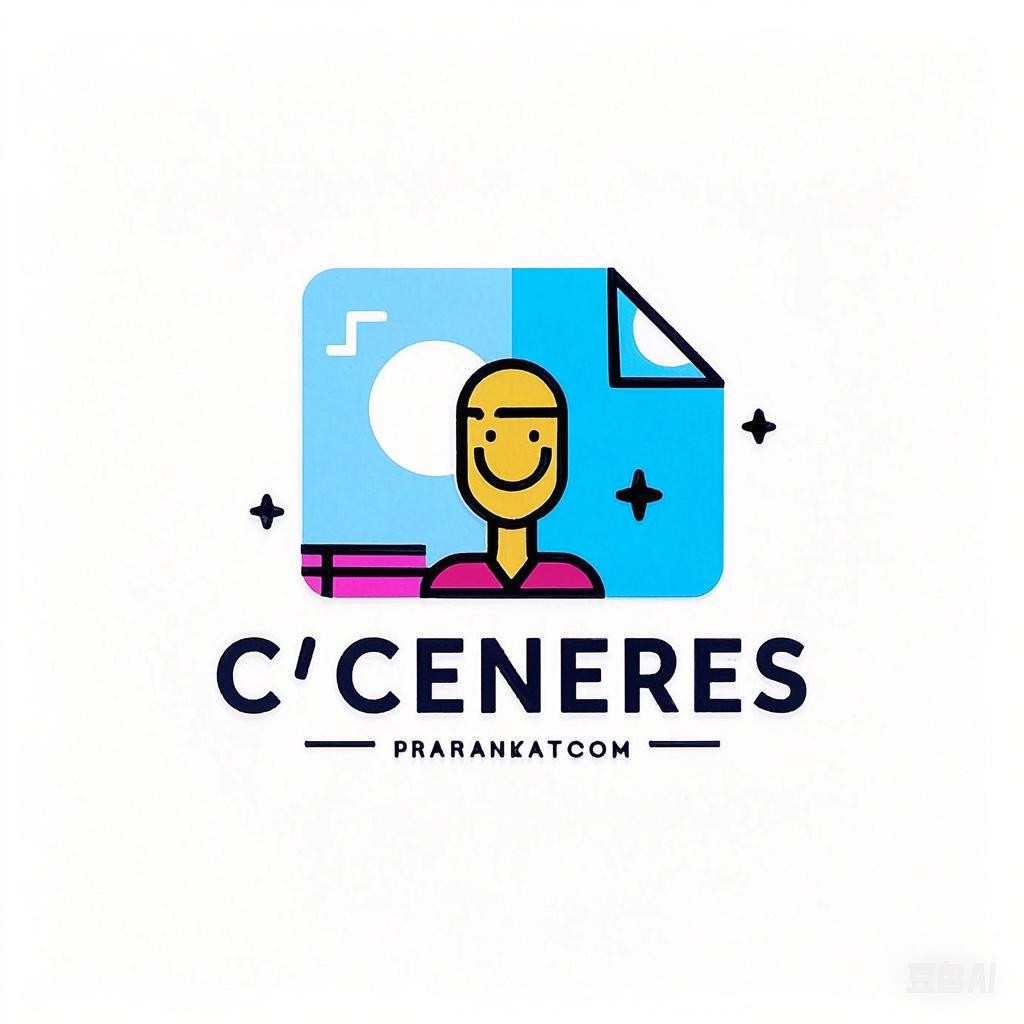The corporate workday at headquarters is a symphony of structured activities, collaborative efforts, and individual contributions. This article delves into the ideal day at a corporate headquarters, exploring the various elements that contribute to a productive and harmonious work environment. We will examine the typical morning routine, key meetings, collaborative projects, individual tasks, and the importance of work-life balance.
Morning Routine
The ideal day at the headquarters begins with a structured morning routine. This typically includes:
- Arrival and Check-in: Employees arrive at the headquarters, sign in, and prepare for the day’s activities.
- Coffee and Networking: A brief coffee break allows employees to network, catch up with colleagues, and discuss potential collaborations.
- Daily Stand-up Meetings: These short, focused meetings help teams align on priorities, discuss progress, and identify any potential roadblocks.
Example: Daily Stand-up Meeting Script
**Agenda: Daily Stand-up Meeting**
- Team A: Discussing progress on the marketing campaign.
- Team B: Finalizing the financial reports for the quarter.
- Team C: Preparing for the upcoming product launch event.
**Minutes:**
- Team A: Completed 60% of the marketing campaign. Need feedback on the final copy.
- Team B: Completed the financial reports. Ready for review.
- Team C: Set up the event schedule. Need to confirm the logistics with the venue.
Key Meetings
Throughout the day, various meetings are held to ensure that projects are progressing smoothly and that everyone is aligned on goals and objectives. Some key meetings include:
- Project Status Meetings: These meetings provide an overview of project progress, identify any issues, and discuss potential solutions.
- Strategic Planning Sessions: These sessions involve top-level management and focus on long-term goals and initiatives.
- Team Meetings: Regular team meetings allow for collaboration, brainstorming, and the sharing of ideas.
Example: Project Status Meeting Agenda
**Agenda: Project Status Meeting**
- Review of project milestones and timelines.
- Discussion of any challenges or roadblocks.
- Allocation of resources and responsibilities.
- Identification of next steps and action items.
Collaborative Projects
Collaborative projects are a cornerstone of the ideal day at the headquarters. These projects require teamwork, communication, and a shared vision. Examples include:
- Cross-functional Teams: Employees from different departments work together to achieve a common goal.
- Innovation Workshops: These workshops encourage creativity and the development of new ideas.
- Client Presentations: Preparing and delivering presentations to clients is a critical aspect of many corporate roles.
Example: Cross-functional Team Collaboration
**Project: Develop a New Marketing Strategy**
- Marketing: Conduct market research and analyze competitors.
- Sales: Gather customer feedback and identify potential target markets.
- IT: Develop a digital platform for the marketing campaign.
Individual Tasks
While collaboration is essential, individual tasks are also crucial for the success of a corporate workday. These tasks may include:
- Email Management: Responding to emails, scheduling meetings, and following up on important communications.
- Reporting: Generating reports on project progress, financials, and other key performance indicators.
- Personal Development: Engaging in professional development activities, such as attending workshops or reading industry publications.
Example: Email Management Tips
**Email Management Tips:**
1. Prioritize emails based on urgency and importance.
2. Use clear and concise subject lines.
3. Keep emails brief and to the point.
4. Follow up on important emails.
Work-Life Balance
Maintaining a healthy work-life balance is essential for employee well-being and productivity. The ideal day at the headquarters includes:
- Flexible Work Hours: Allowing employees to adjust their schedules to accommodate personal commitments.
- Breaks and Lunch: Encouraging regular breaks and a healthy lunch to maintain energy levels.
- Wellness Programs: Offering wellness programs, such as fitness classes or mental health resources, to support employee well-being.
Example: Wellness Program Initiatives
**Wellness Program Initiatives:**
1. Weekly yoga classes.
2. Mental health workshops.
3. On-site fitness center.
4. Healthy snack options in the cafeteria.
Conclusion
The ideal day at the headquarters is a blend of structured activities, collaborative efforts, and individual contributions. By focusing on a structured morning routine, key meetings, collaborative projects, individual tasks, and work-life balance, corporations can create a productive and harmonious work environment. By following these principles, employees can achieve their full potential and contribute to the success of the organization.
